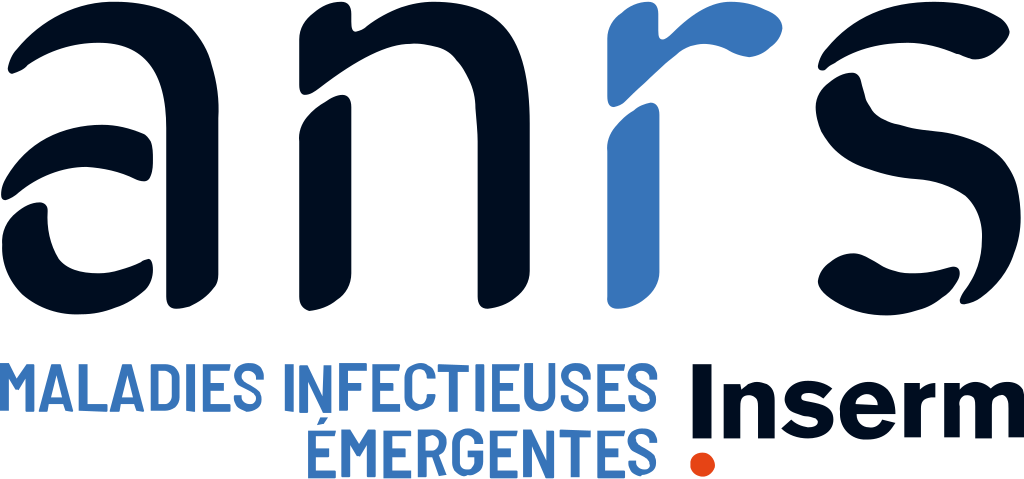ATTACHMENT INHIBITOR
| Mutations associated with “possible resistance” (gp120) | |
| FTR* |
1/ Zhou N et al. Genotypic correlates of susceptibility to HIV-1 attachment inhibitor BMS-626529, the active agent of the prodrug BMS-663068. J Antimicrob Chemother 2014; 69: 573–81.
2/ Ray N et al. Prediction of virological response and assessment of resistance emergence to the HIV-1 attachment inhibitor BMS-626529 during 8-day monotherapy with its prodrug BMS-663068. J Acquir ImmuneDefic Syndr 2013; 64: 7–15.
3/ Lataillade M et al. Viral drug resistance through 48 weeks, in a phase 2b, randomized, controlled trial of the HIV-1 attachment inhibitor prodrug, Fostemsavir. J Acquir Immune Defic Syndr. 2018 Mar 1;77(3):299-307.
4/ Alessandri-Gradt E et al. Impact of natural polymorphisms of HIV-1 non-group M on genotypic susceptibility to the attachment inhibitor fostemsavir J Antimicrob Chemother 2018; 73: 2716–2720.
5/ Lataillade et al. Fostemsavir (FTR) Week 48 efficacy and evaluation of treatment-emergent substitutions in the BRIGHTE study. 17th European meeting on HIV and Hepatitis. May 22-24, 2019. Rome, Italy, Abstract n°8.

